1-Phenyl-2-nitropropene P2NP CAS 705-60-2 is a precursor in the synthesis of amphetamines. This product is intended for research and forensic applications.
P2NP or 1-Phenyl-2-nitropropene, or simply Phenyl-2-nitropropene, as it is commonly referred to, is a chemical compound from the aromatic group of compounds, with the formula C9H9NO2,CAS No 7015-60-2. It is a crystalline solid of light yellow color with a distinct smell. Phenyl-2-nitropropene is used in the pharmaceutical industry to manufacture the drug Adderall, an amphetamine mixture used to treat ADHD and narcolepsy. P2NP and other similar nitrostyrenes are also employed in the clandestine manufacture of drugs of the amphetamine class, and are listed as drug precursors in many countries.
P2NP Details
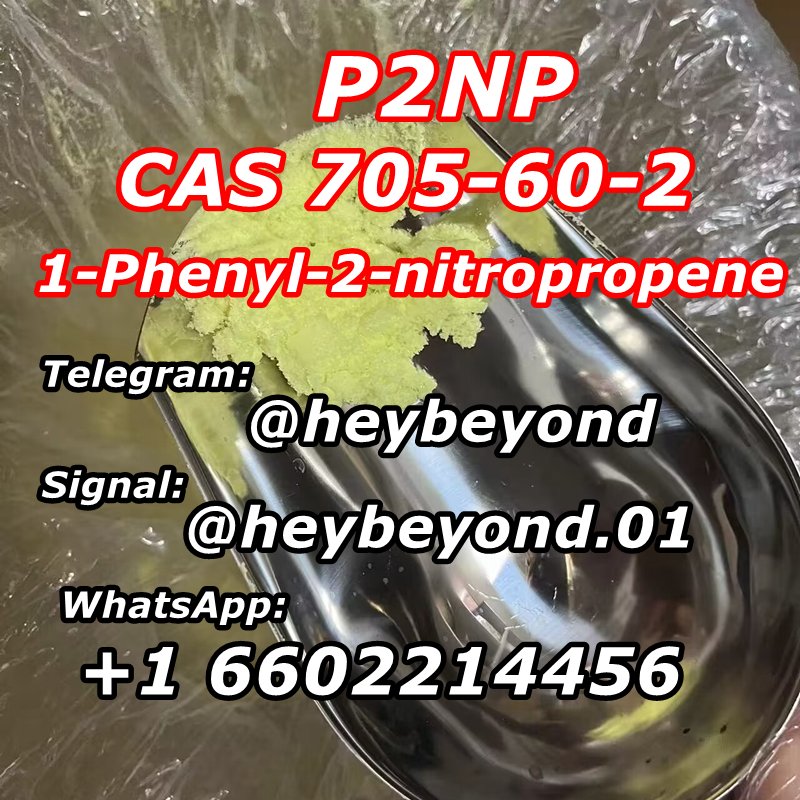
Uses
In the pharmaceutical industry, P2NP is used to produce a racemic amphetamine mixture, branded under the trade names Adderall and Mydayis, amongst others. In this case, the double bond is hydrogenated and the nitro group is reduced, thus 1-phenyl-2-nitropropene becomes 1-phenyl-2-aminopropane, which is another name for amphetamine. Different reducing agents commonly lithium aluminium hydride (LAH), sodium borohydride, aluminum amalgam or Raney nickel are used in suitable solvents like isopropyl alcohol or tetrahydrofuran.

The above diagram depicts P2NP reduction to amphetamine by either LAH, sodium amalgam, Raney nickel, or palladium used as catalysts. Platinum, in the form of Adams’ catalyst, can also be used.
P2NP can also be reduced to phenylacetone (P2P), the precursor in the synthesis of methamphetamine by a few methods. One in which phenyl-2-nitropropene is reduced to phenyl-2-nitropropane using sodium borohydride, followed by hydrolysis of the nitro group with hydrogen peroxide and potassium carbonate to produce phenylacetone (1-phenyl-2-propan-2-one). In another method, iron is the reducing agent and hydrochloric acid or acetic acid are used as catalysts forming an intermediate which hydrolyzes into phenylacetone as well.
Synthesis
In the lab, phenyl-2-nitropropene is produced by the reaction of benzaldehyde and nitroethane in the presence of a basic catalyst like n-butylamine. The reaction is a nitroaldol reaction, and is a variant of a Knoevenagel condensation reaction, which is one of a broader class of reactions called Henry condensations, or simply Henry reactions. These are named after the German chemist Emil Knoevenagel, and the Belgian chemist Louis Henry, respectively.

In this type of reaction, the basic catalyst deprotonates the nitroethane to form a resonance stabilized anion. This anion nucleophilically adds to the aldehyde forming a β-nitro alcohol, which is subsequently dehydrated to yield the nitroalkene. Water is produced as a byproduct, and must be actively removed from the reaction mixture. Often, primary amines like n-butylamine, methylamine, and ethylamine are used as catalysts, as is anhydrous ammonium acetate at times.
Many other drugs of the amphetamine class are produced in a similar fashion, where substituted benzaldehyde derivatives are used to produce a different nitrostyrene, which is later reduced to the desired amine. One such reaction is the Knoevenagel condensation of piperonal with nitroethane, yielding 3,4-methylenedioxy-1-phenyl-2-nitropropene, or MDP2NP. This is reduced to 3,4-methylenedioxyamphetamine, or MDA, which can be methylated to 3,4-methylenedioxymethamphetamine, or MDMA. Another uses 2,5-dimethoxybenzaldehyde and nitromethane to yield 2,5-dimethoxy-β-nitrostyrene. Many of these Knoevenagel condensations were used by Dr. Alexander Shulgin to yield over 100 amphetamine derivatives, which he detailed in his book, PiHKAL.
Contact
Signal: @heybeyond.01
Telegram: @heybeyond
WhatsApp: +1 6602214456
Products Website: https://pmk-28578-16-7.com

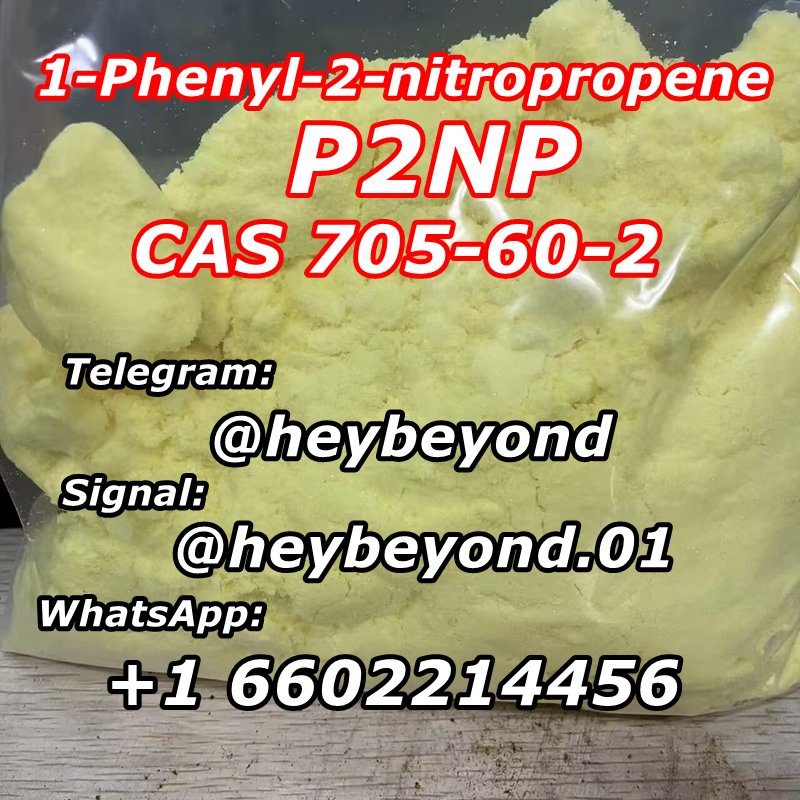
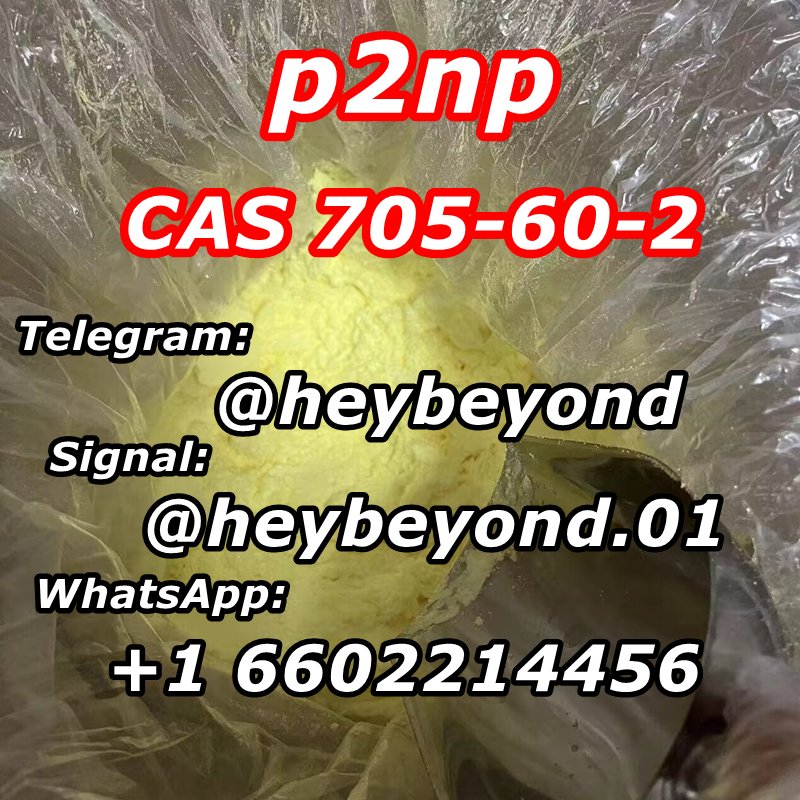
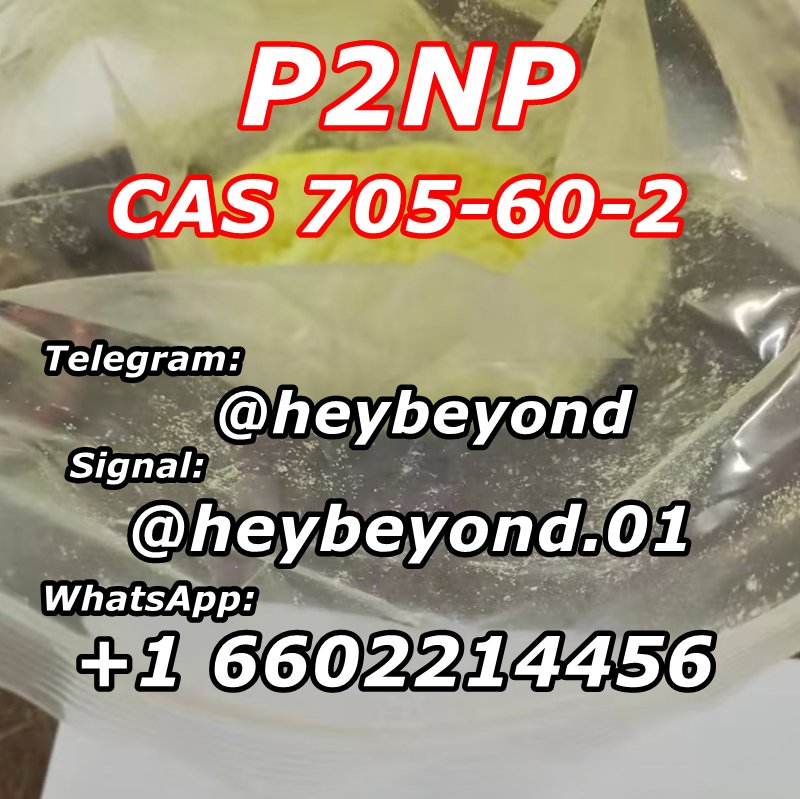
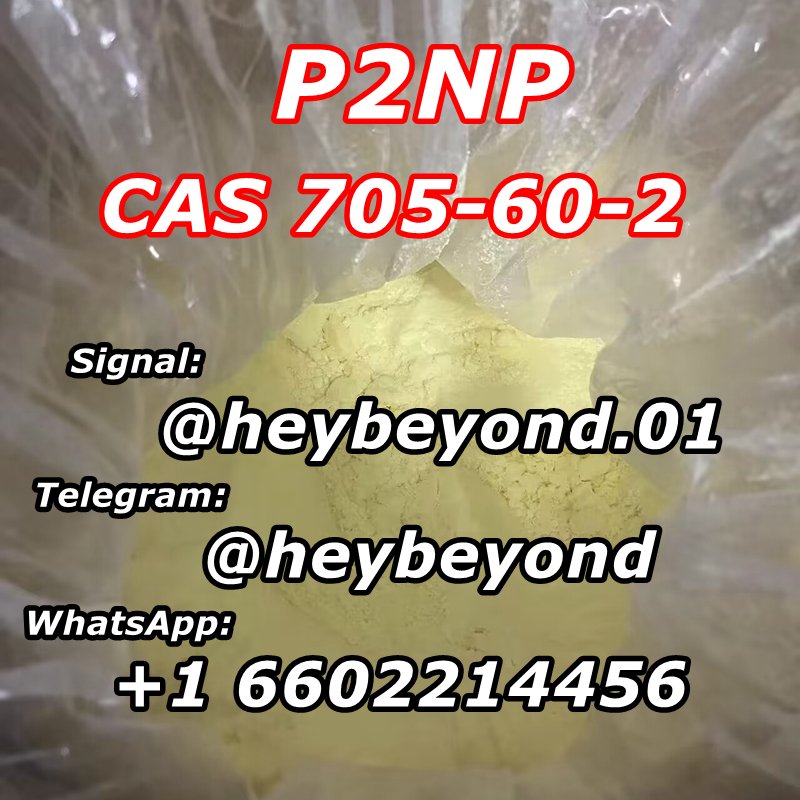
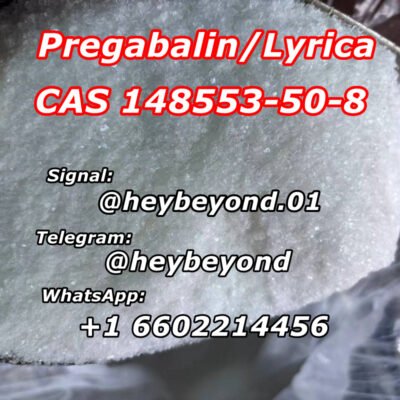
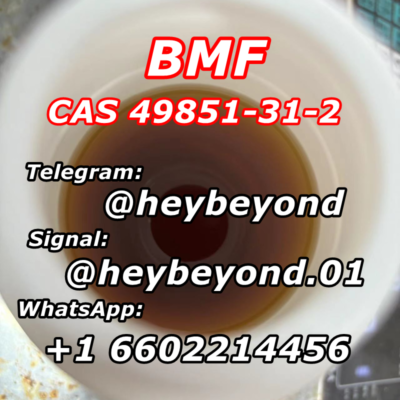
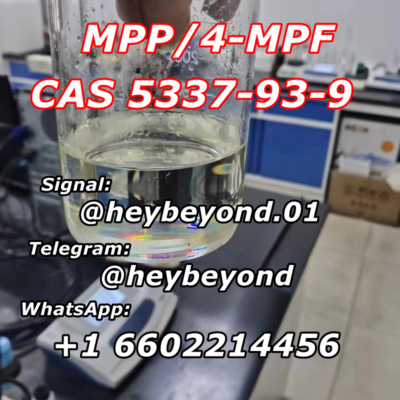
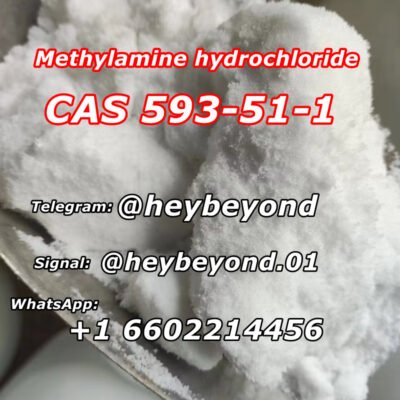
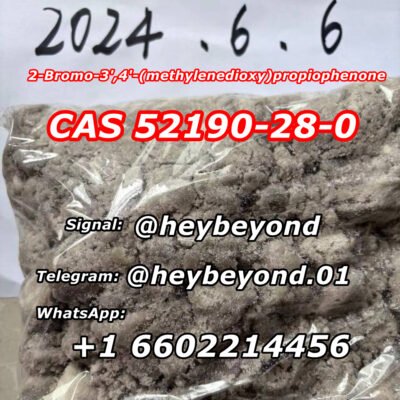
Reviews
There are no reviews yet.